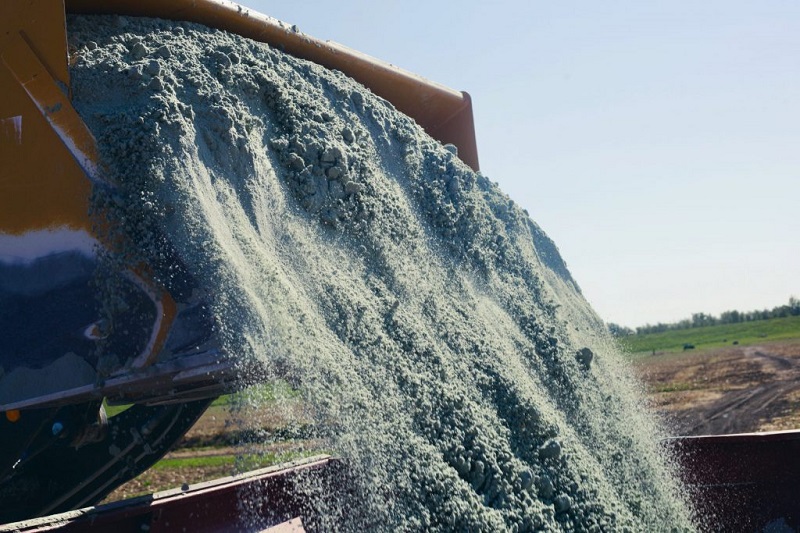Key Impact Points:
- Significant Influence: Seafloor topography explains up to 50% of changes in oceanic carbon sequestration depth.
- Climate Impact: Understanding this relationship aids marine-based carbon removal technologies.
- Historical Insight: The study reveals bathymetry’s role in long-term carbon cycle over 80 million years.
The ocean floor’s shape and depth profoundly influence carbon storage, with seafloor topography accounting for up to 50% of variations in carbon sequestration depth over the past 80 million years. This new insight from the University of California – Los Angeles can significantly impact climate change strategies.
Significant Influence
“We were able to show, for the first time, that the shape and depth of the ocean floor play major roles in the long-term carbon cycle,” said Matthew Bogumil, the study’s lead author. This finding shifts the focus from previously considered factors to the ocean floor’s topography.
Climate Impact
“Understanding important processes in the long-term carbon cycle can better inform scientists working on marine-based carbon dioxide removal technologies to combat climate change today,” Bogumil emphasized. This knowledge is critical for developing effective carbon removal strategies.
Change the World - Subscribe Now
Historical Insight
By reconstructing ocean bathymetry over 80 million years, researchers found that the seafloor’s shape significantly influences ocean alkalinity, calcite saturation, and the carbonate compensation depth. “Typically, carbon cycle models over Earth’s history consider seafloor bathymetry as either a fixed or a secondary factor,” noted Tushar Mittal, co-author and geosciences professor at Penn State.
Conclusion
This breakthrough highlights the need to consider seafloor topography in climate models and carbon sequestration efforts. Enhanced understanding of bathymetry’s role can lead to better-informed strategies for mitigating climate change.
For more details, read the full study here.
Related article: Banks to play a pivotal role in the low-carbon transition, contributing up to $600 billion annually through 2030












